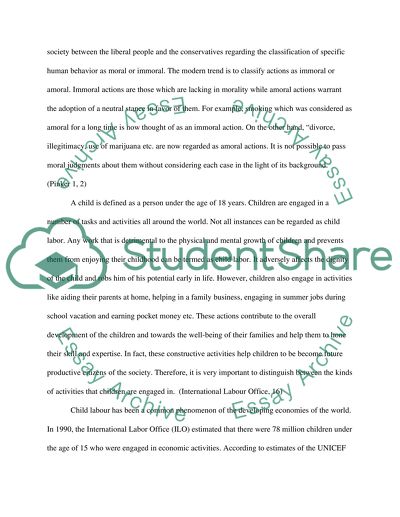Cite this document
(“Entering the Cultural Wars: Amoralization, Moralization and the Essay”, n.d.)
Retrieved from https://studentshare.org/english/1431529-amoralization-moralization-and-the-cultural
Retrieved from https://studentshare.org/english/1431529-amoralization-moralization-and-the-cultural
(Entering the Cultural Wars: Amoralization, Moralization and the Essay)
https://studentshare.org/english/1431529-amoralization-moralization-and-the-cultural.
https://studentshare.org/english/1431529-amoralization-moralization-and-the-cultural.
“Entering the Cultural Wars: Amoralization, Moralization and the Essay”, n.d. https://studentshare.org/english/1431529-amoralization-moralization-and-the-cultural.


